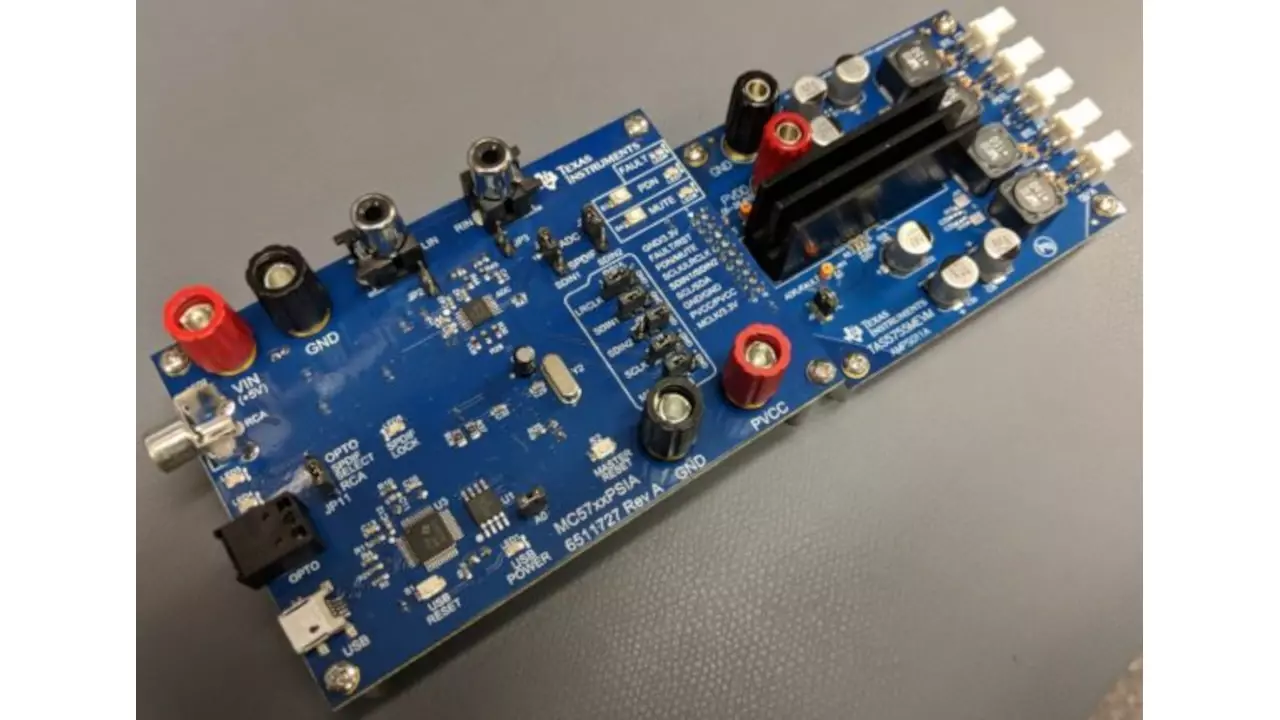Related Topics
Feature Complete or Minimal Viable Products
Custom designed instrumentation tools? Stephen and Parker dive into differential oscilloscope probe designs on this week's episode of the MEP!
Tales From an Electrical Engineer - Ideas on Mechanical Design
Parker modifies car parts and assembles the Thermal Detonator and Stephen starts working with STM32 microcontrollers.
Standard-ish
Stephen hacks an oscilloscope into a dynamic signal analyzer and Parker gets some verilog code to compile.
Other Resources
Circuit Break Podcast
Webinars
Videos
Tour MacroFab's ITAR-Compliant Facility
January 4, 2018, Episode #101
Podcast Notes
Stephen
- DSO138 Oscilloscope
- Comes as a kit (just through hole) but can be purchased assembled
- The “true” version can be had for ~$30
- Counterfeit versions exist for $4
- Open Source Firmware!
- Analog bandwidth: 0 – 200KHz
- Sampling rate: 1Msps max
- Sensitivity: 10mV/Div – 5V/Div
- Sensitivity error: < 5%
- Vertical resolution: 12-bit
- Timebase: 10us/Div – 500s/Div
- Record length: 1024 points
- Built-in 1KHz/3.3V test signal
- Waveform frozen (HOLD) function available Save/recall waveform
- In short – it’ll getcha through college
- DSO138 Oscilloscope
Parker
- Pinheck REV 8 is routed
- Finishing silkscreen after the podcast
- Placing an order for prototypes this week!
- Switched from standard SD card to microSD card
- Next board is the I2S Audio Amp
- TAS5755M
- Working with the TAS5755MEVM
- So far it kinda works
- Need to generate a clock for it?
- Pinheck REV 8 is routed
R.F.O.
- Making A Classic Chip From Discretes
- Motorola MC1466 – voltage regulator
- Stephen has made opamps with Discretes before – that was a project we finished!
- Apple says sorry
- iPhone Batteries and Performance
- Zapp from the Slack Channel asks “If my MCU has internal pullups on an IO why would they recommend additional pull up resistors externally?”
- Making A Classic Chip From Discretes
- MacroFab is Hiring!
Visit our Slack Channel and join the conversation in between episodes!
About the Hosts

Parker Dillmann
Parker is an Electrical Engineer with backgrounds in Embedded System Design and Digital Signal Processing. He got his start in 2005 by hacking Nintendo consoles into portable gaming units. The following year he designed and produced an Atari 2600 video mod to allow the Atari to display a crisp, RF fuzz free picture on newer TVs. Over a thousand Atari video mods where produced by Parker from 2006 to 2011 and the mod is still made by other enthusiasts in the Atari community.
In 2006, Parker enrolled at The University of Texas at Austin as a Petroleum Engineer. After realizing electronics was his passion he switched majors in 2007 to Electrical and Computer Engineering. Following his previous background in making the Atari 2600 video mod, Parker decided to take more board layout classes and circuit design classes. Other areas of study include robotics, microcontroller theory and design, FPGA development with VHDL and Verilog, and image and signal processing with DSPs. In 2010, Parker won a Ti sponsored Launchpad programming and design contest that was held by the IEEE CS chapter at the University. Parker graduated with a BS in Electrical and Computer Engineering in the Spring of 2012.
In the Summer of 2012, Parker was hired on as an Electrical Engineer at Dynamic Perception to design and prototype new electronic products. Here, Parker learned about full product development cycles and honed his board layout skills. Seeing the difficulties in managing operations and FCC/CE compliance testing, Parker thought there had to be a better way for small electronic companies to get their product out in customer's hands.
Parker also runs the blog, longhornengineer.com, where he posts his personal projects, technical guides, and appnotes about board layout design and components.
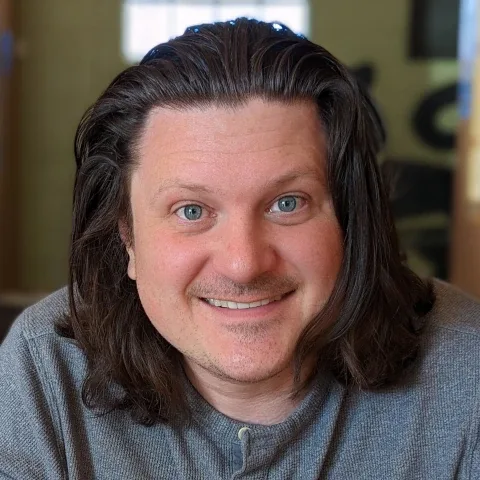
Stephen Kraig
Stephen Kraig is a component engineer working in the aerospace industry. He has applied his electrical engineering knowledge in a variety of contexts previously, including oil and gas, contract manufacturing, audio electronic repair, and synthesizer design. A graduate of Texas A&M, Stephen has lived his adult life in the Houston, TX, and Denver, CO, areas.
Stephen has never said no to a project. From building guitar amps (starting when he was 17) to designing and building his own CNC table to fine-tuning the mineral composition of the water he uses to brew beer, he thrives on testing, experimentation, and problem-solving. Tune into the podcast to learn more about the wacky stuff Stephen gets up to.
Special thanks to whixr over at Tymkrs for the intro and outro!
Related Podcasts

Apples and Astronauts
Toaster controllers, Hexa Precision, I2S Audio DACs, and Bagels.
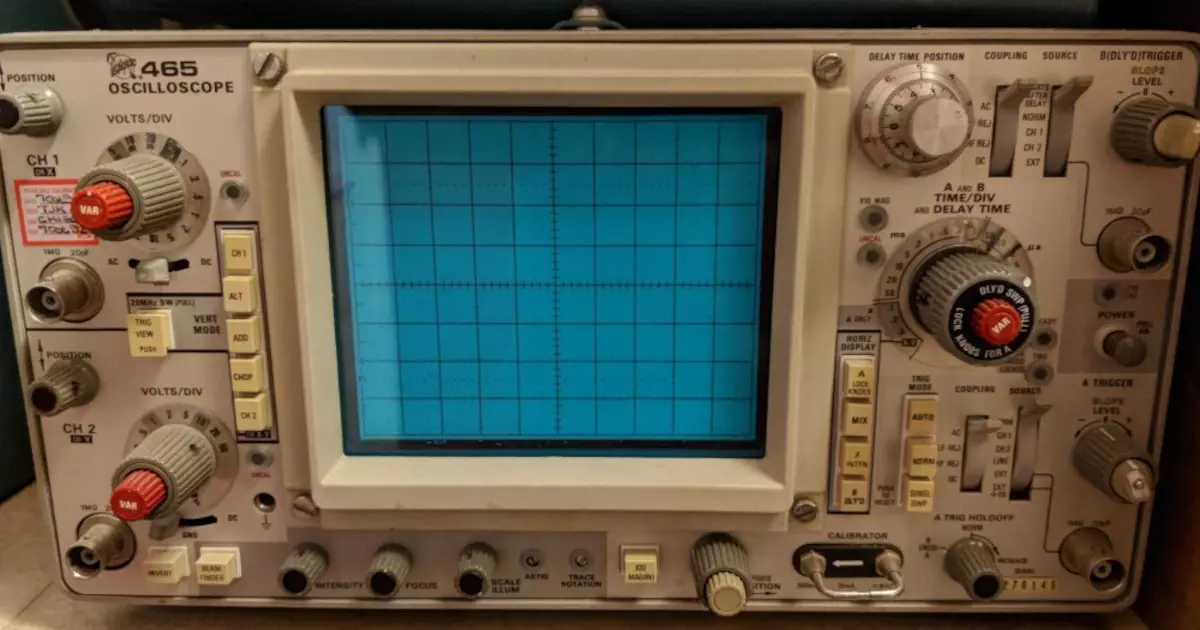
Standard-ish
Stephen hacks an oscilloscope into a dynamic signal analyzer and Parker gets some verilog code to compile.
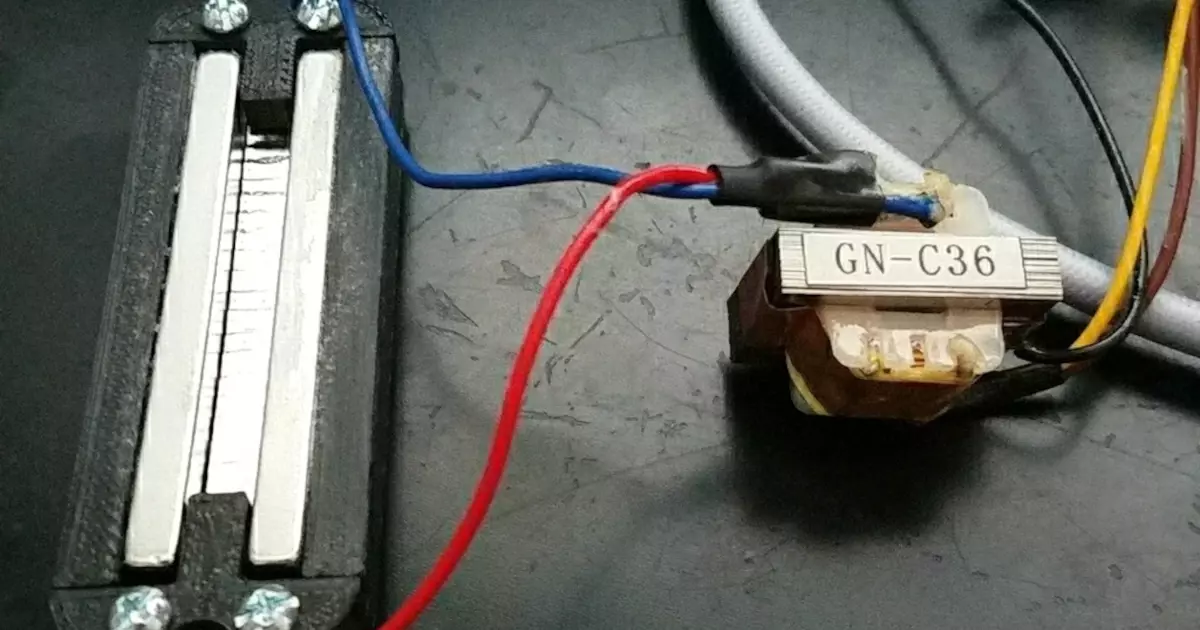
Dangling Transformers
Stephen shows off his ribbon microphone created from scratch and Parker reveals the future of the PinHeck REV8 Platform.
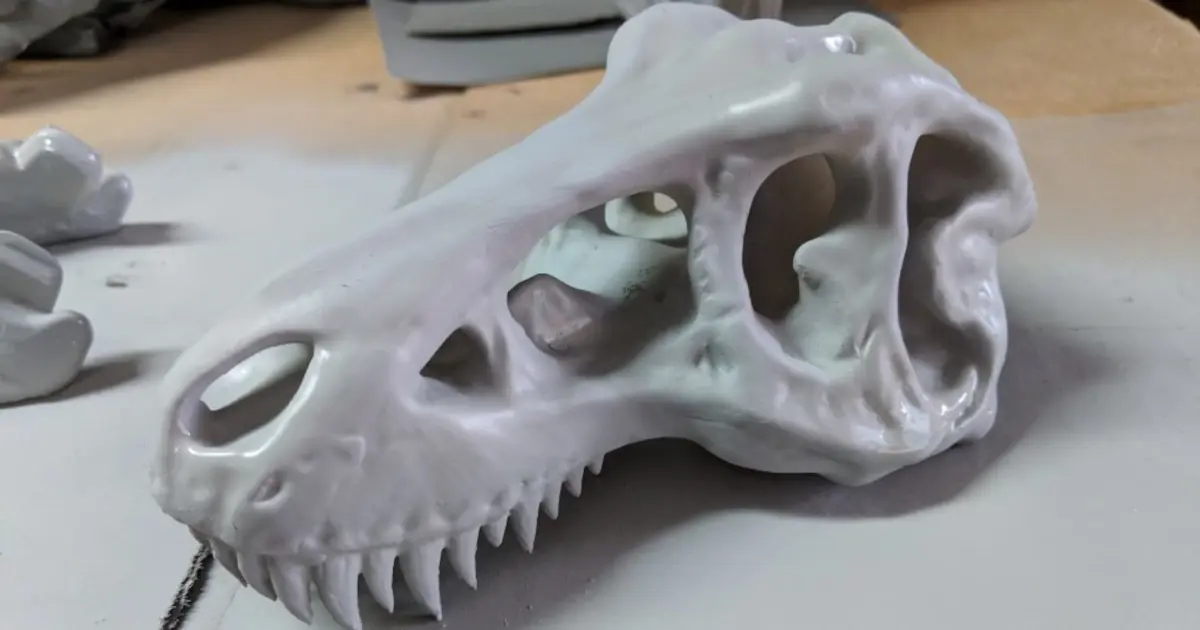
Tales From an Electrical Engineer - Ideas on Mechanical Design
Parker modifies car parts and assembles the Thermal Detonator and Stephen starts working with STM32 microcontrollers.

Feature Complete or Minimal Viable Products
Custom designed instrumentation tools? Stephen and Parker dive into differential oscilloscope probe designs on this week's episode of the MEP!
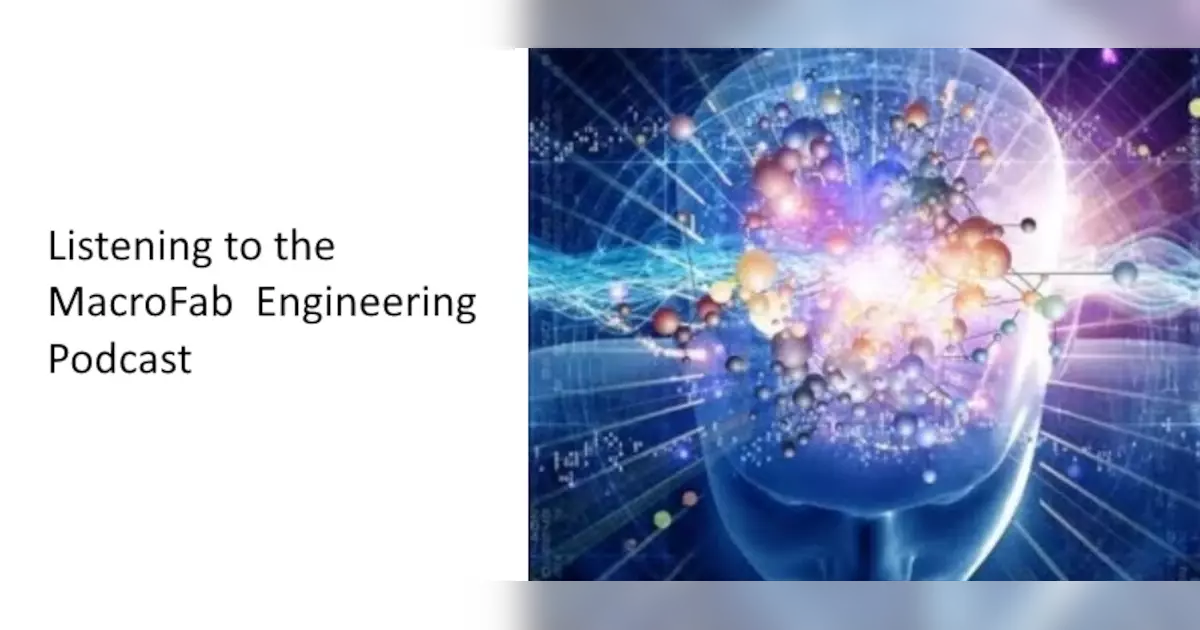
Chasing Oscillations
Stephen hunts oscillations in the Serengeti while Parker watches out for danger noodles.
About MacroFab
MacroFab offers comprehensive manufacturing solutions, from your smallest prototyping orders to your largest production needs. Our factory network locations are strategically located across North America, ensuring that we have the flexibility to provide capacity when and where you need it most.
Experience the future of EMS manufacturing with our state-of-the-art technology platform and cutting-edge digital supply chain solutions. At MacroFab, we ensure that your electronics are produced faster, more efficiently, and with fewer logistic problems than ever before.
Take advantage of AI-enabled sourcing opportunities and employ expert teams who are connected through a user-friendly technology platform. Discover how streamlined electronics manufacturing can benefit your business by contacting us today.
